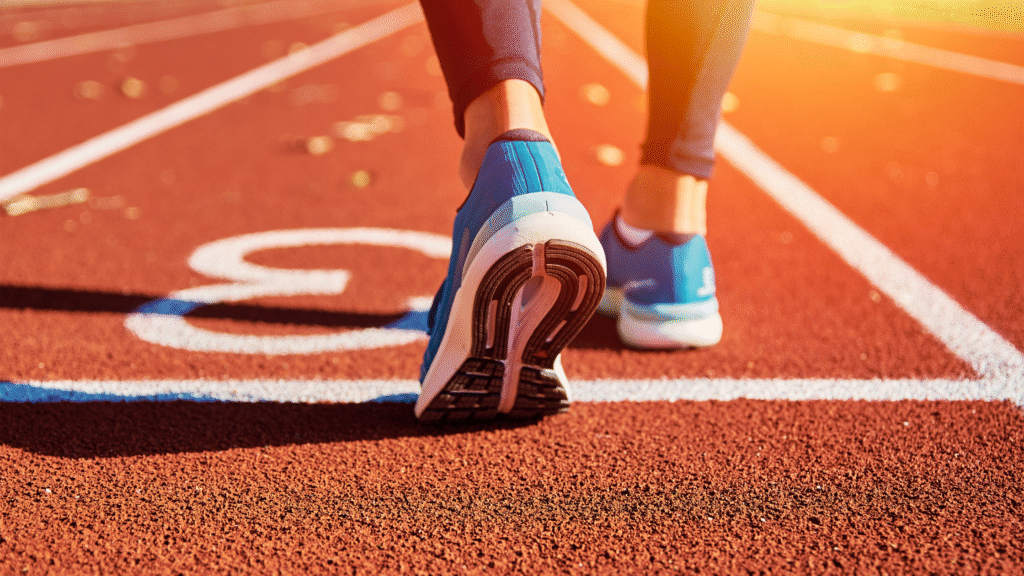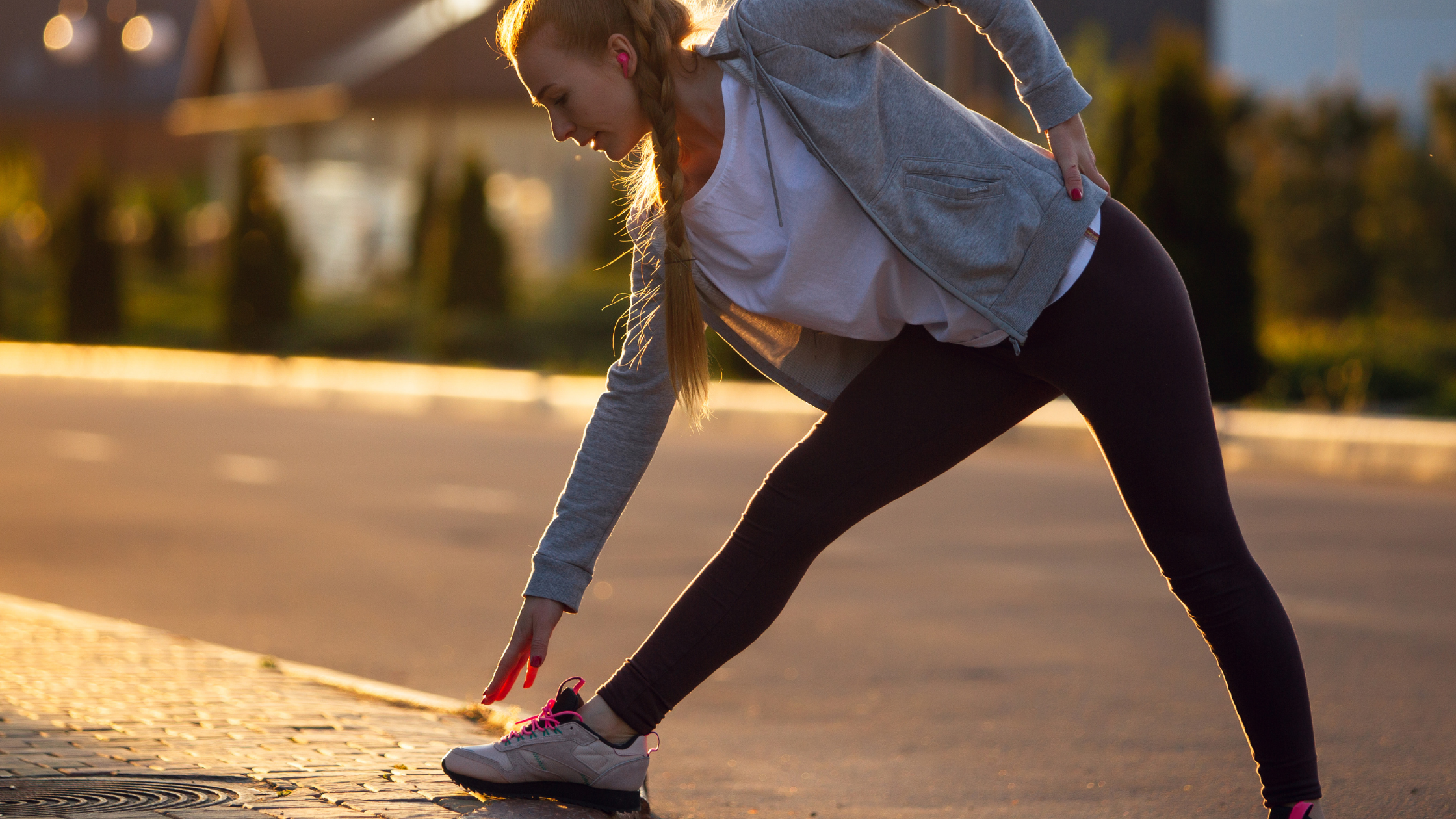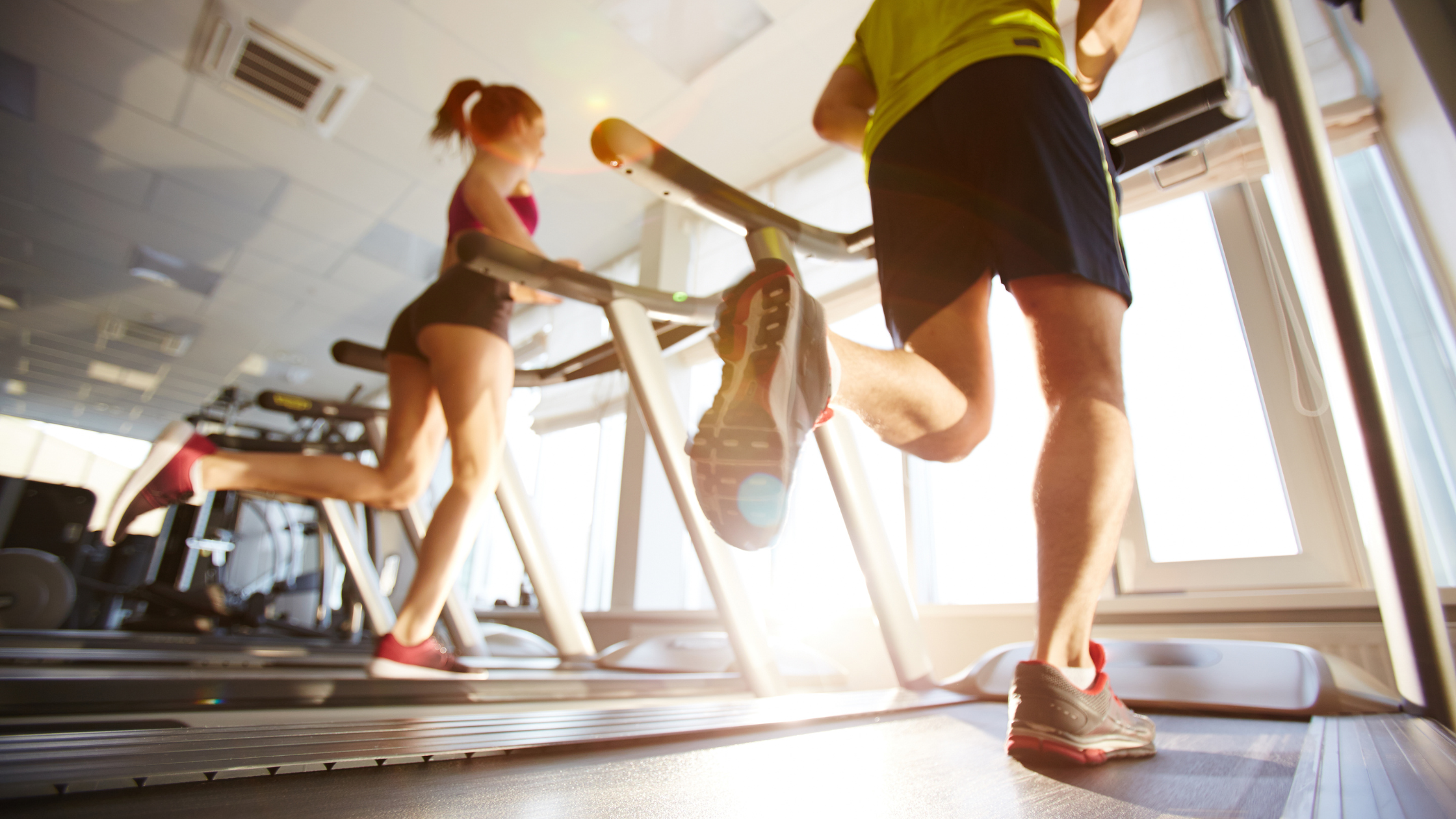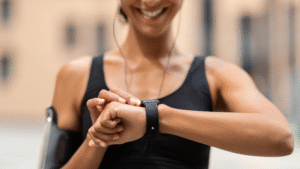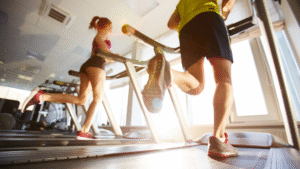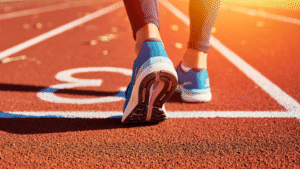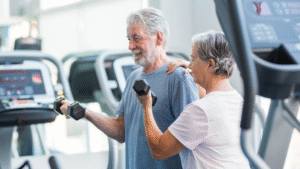If you’re logging miles on the pavement or treadmill, picking the right running shoes is crucial for joint health and injury prevention. Good shoes can absorb impact, align your legs properly, and keep aches and strains at bay. The key factors are cushioning, support, and proper fit – all tailored to your running style. This guide breaks down what to look for, and highlights top picks like the ASICS Gel-Nimbus and Nike Air Zoom Pegasus 39 for keeping knees and hips happy.
Why Good Running Shoes Matter
Every time your foot strikes the ground, your joints feel a jolt of force. A quality running shoe helps absorb that shock. Research shows that softer, thicker shoe midsoles can lower impact forces on the body by providing cushioning. In plain terms: more cushion = less stress on your knees and ankles as you run. Shoes that are too worn or too hard may lead to higher loading on joints, which over time can contribute to pain or injury.
Likewise, the fit and support matter. A shoe that holds your foot securely in place prevents excessive inward or outward rolling (pronation), which can strain ankles, knees, and even hips. Proper support maintains natural alignment. Ill-fitting shoes, on the other hand, can lead to blisters, plantar fasciitis, and general discomfort that disrupts your training routine.
Key Features for Joint-Friendly Running Shoes
Cushioning: Look for plush midsole materials (like gel or foam) that soak up impact. Thicker, more responsive cushioning can feel softer underfoot and reduce the jolt on joints when you land.
Arch Support & Stability: If you overpronate or have flat feet, choose a stability shoe with medial support to keep your stride neutral. If you have high arches, pick a shoe that offers extra arch support and cushioning to compensate for natural rigidity.
Proper Fit: Shoes should have a thumb’s width of space in the toe box (to allow for toe splay) and should be snug but not tight around the heel. Your foot shouldn’t slide inside the shoe. A secure, comfortable fit prevents unnecessary friction and misalignment.
Durability and Midsole Technology: Modern running shoes (like ASICS Gel-Nimbus) often use advanced foams or gel inserts to provide bounce and shock absorption. Research notes that these technologies alter gait mechanics to reduce peak forces on the body. Look for evidence of “gel”, “air”, “react foam”, or other proprietary cushioning in the shoe description.
Appropriate Drop: The heel-to-toe drop (height difference) can affect running mechanics. Beginners might prefer a moderate drop (around 8-12 mm) for stability, while experienced runners might experiment with lower drop for a more natural stride.
Top Picks for Joint-Healthy Running
ASICS Gel-Nimbus (Neutral Cushion): Known for its generous gel cushioning in the heel and forefoot, the Gel-Nimbus series provides a plush ride that’s gentle on knees and shins. Runners with neutral gait often love its soft feel and durability. Consider trying the latest Gel-Nimbus model to experience maximum shock absorption.
Nike Air Zoom Pegasus 39 (Versatile Trainer): The Pegasus line is famous for its balanced cushioning and responsive foam. The Pegasus 39 offers a smooth, springy ride with a supportive forefoot. Its snug lockdown and breathable upper also protect against sliding, which can help maintain proper form. (You can find the Pegasus 39 via.)
Brooks Ghost (if needed): For a reliable neutral cushion shoe, the Brooks Ghost series is also a favorite among runners. It’s well-cushioned, but not too bulky, and offers a smooth transition from heel to toe.
Stability Options: If pronation is a concern, consider shoes like ASICS Gel-Kayano or Brooks Adrenaline which have built-in support that prevents the foot from rolling inward.
No matter the brand, replace running shoes every 300-500 miles (or sooner if the outsole and cushioning seem worn). Old shoes lose their shock-absorbing ability, which can increase joint stress.
Tips for Injury Prevention
Break In Gradually: New shoes feel great, but avoid logging all your miles in them at once. Alternate with old shoes for the first few runs to ensure there are no hotspots or issues.
Consider Gait Analysis: Many specialty running stores offer gait analysis to recommend shoes. It can help you identify if you need more cushioning, support, or a particular shoe type.
Strong Muscles & Good Form: Shoes help, but don’t neglect strength training and mobility. Strong hips, core, and leg muscles absorb shock better. Combine the right shoes with exercises (like weight training) to further protect joints.
Summary and CTA
Investing in the right running shoe is smart for your long-term joint health. Shoes like the ASICS Gel-Nimbus and Nike Pegasus 39 offer cushioning and support to reduce impact on knees and hips. When shopping, remember that cushioning technology and a proper fit are key. Ready to upgrade your running gear? Check out the ASICS Gel-Nimbus for plush comfort, or lace up a Nike Air Zoom Pegasus 39 for a snappy, supportive run.
Run smart and keep moving!
💡 Loved this product? Order it now from Amazon — just click here!

